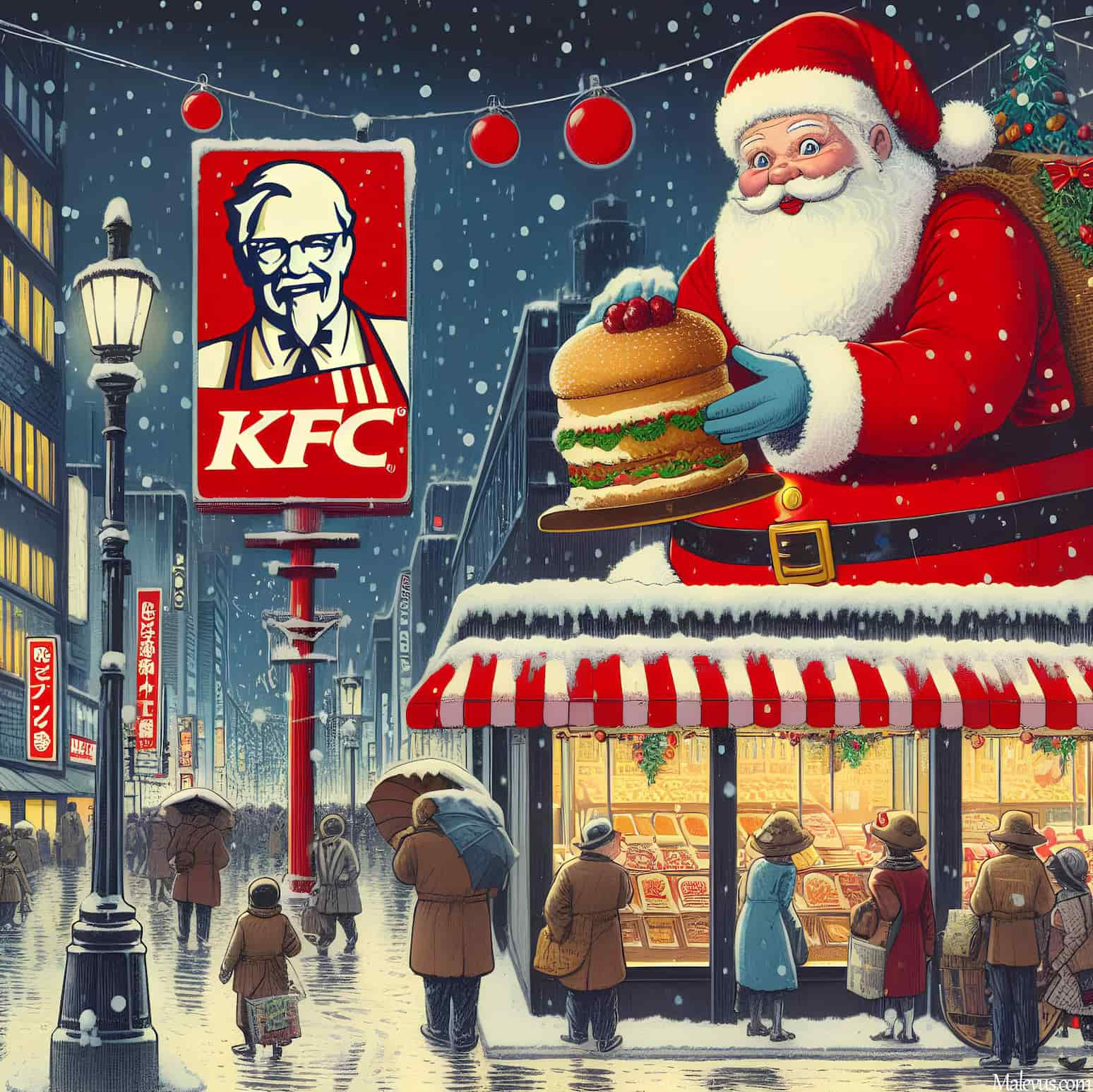Does Japan Celebrate Christmas? They Do with ‘Love’
A lot of Japanese people celebrate Christmas in Japan, even though this is neither a religious nor an official holiday in the country.

A lot of Japanese people celebrate Christmas in Japan, even though this is neither a religious nor an official holiday in the country.

